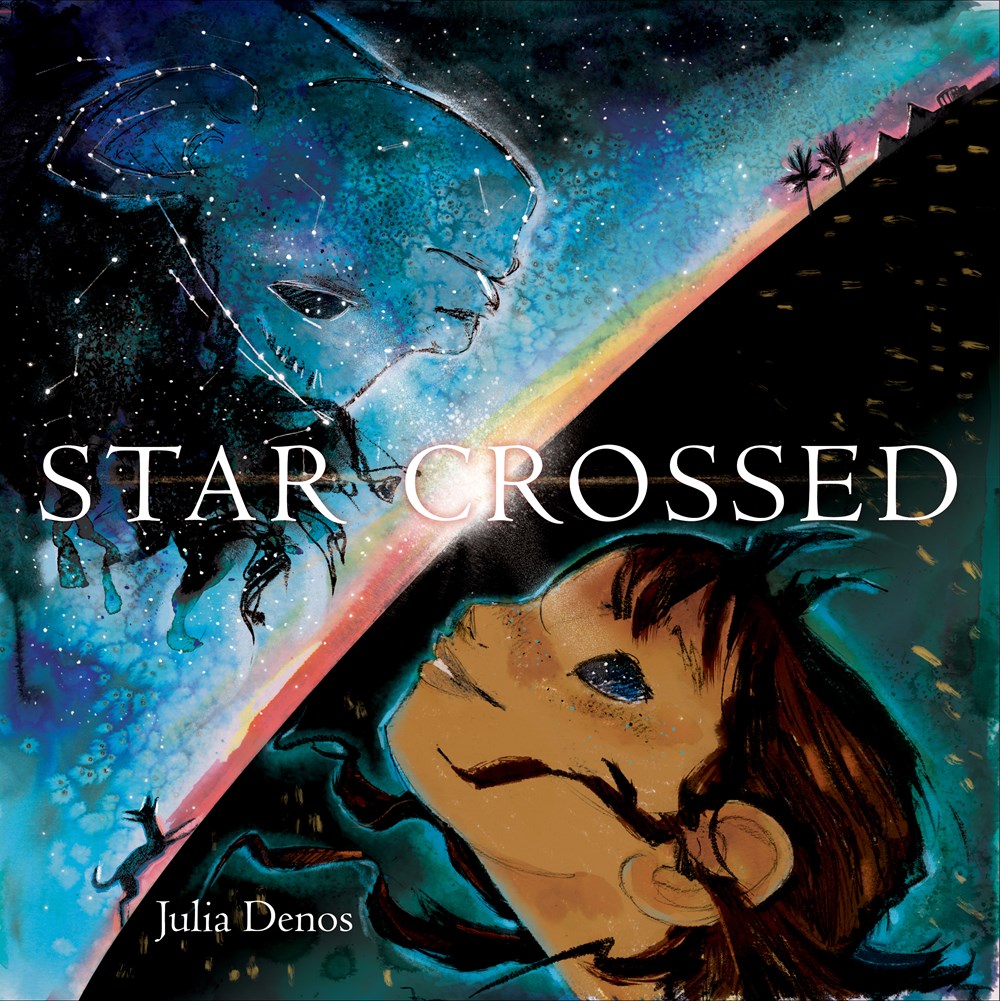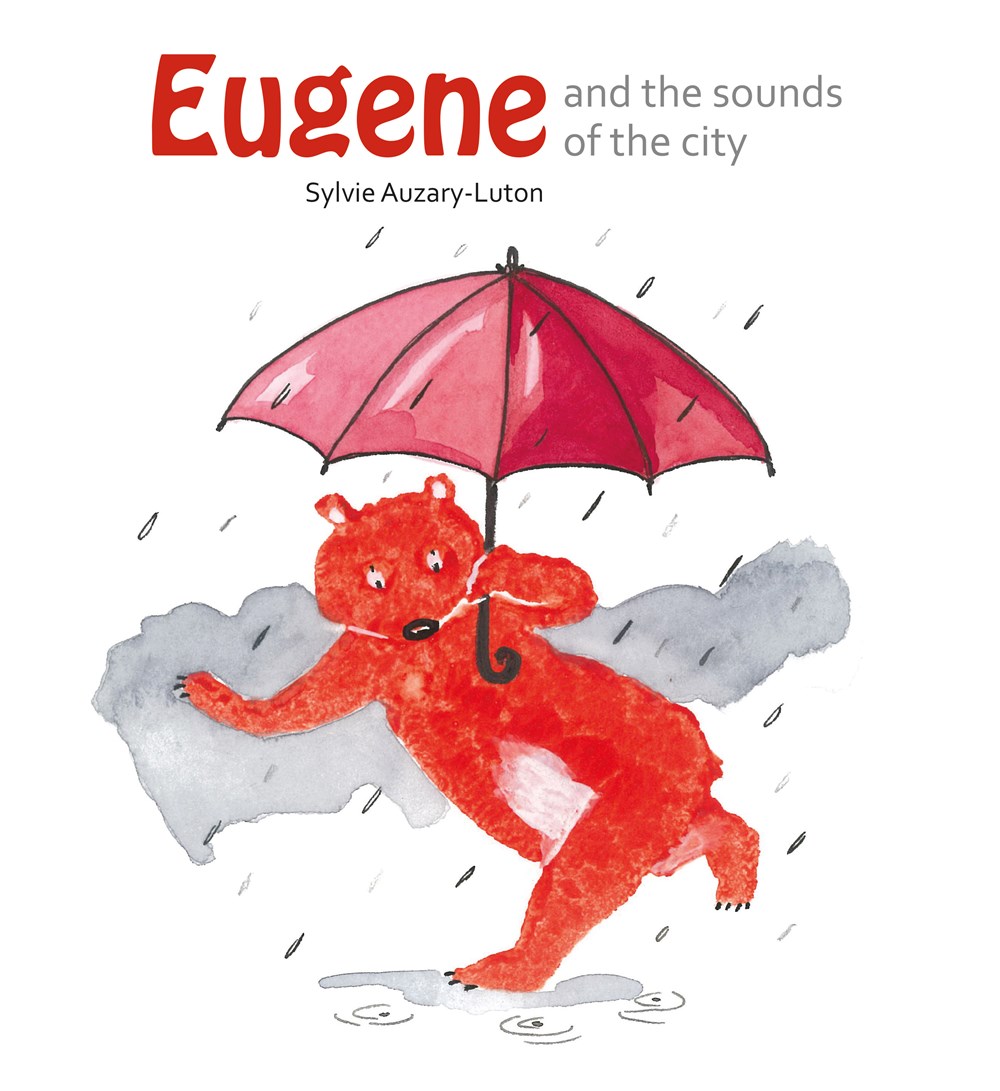Four picture books offer encouragement to youngsters as they embark on a thrilling rite of passage: the first day of school.
Give Pearl Goes to Preschool to any reader curious about trying something new but in need of a small, encouraging nudge. Pearl is a confident, energetic, tiara-loving girl who’s more than a bit skeptical when her mom raises the notion of preschool. After all, Pearl already attends daily classes at her mom’s ballet studio, and she even knows how to count (“First position! Second position! Third position!”). What could be better? Well, Mom explains, Pearl can meet kids her own age at preschool, and everyone gets to do finger painting, learn the alphabet and dress up. Pearl talks it over with her friend Violet, a plush mouse clad in a purple tutu, and the two decide that preschool’s worth a try.
Author-illustrator Julie Fortenberry’s painterly art hits the emotional mark. She masterfully conveys Pearl’s impatience, joy, nervousness and relief, as well as Pearl’s mom’s carefully concealed amusement as she negotiates with her spirited kiddo. A muted color palette makes a lovely backdrop for this engaging portrait of a strong parent-child relationship: Pearl feels safe in expressing herself, and her mom’s gentle guidance helps Pearl take ownership over big decisions. Pearl Goes to Preschool is a real treat.
A.E. Ali’s Our Favorite Day of the Year opens as Musa starts kindergarten. Despite what Musa’s teacher says, the boys at his table don’t “look like his friends. They were total strangers.” But Ms. Gupta has a plan: Throughout the year, students will share their favorite holidays as a sort of interactive show and tell (not to mention icebreaker and friendship builder).
Skepticism melts away as months pass and students treat each other to exciting new experiences. Musa goes first, decorating the classroom for Eid al-Fitr, the holiday at the end of Ramadan, while offering a brief history and sharing delicious treats. “Everyone could see why Eid was Musa’s favorite,” Ali writes. Other students share Rosh Hashanah, Los Posadas and Pi Day, and every time, all the kids agree—they can see why this holiday is the student’s favorite.
Rahele Jomepour Bell’s joyous illustrations make each celebration delightful, and her use of color and texture is impressive, whether she’s capturing a flickering candle or a frilly piñata. Be sure to check out her quiltlike endpapers, too. Readers will revel in this openhearted look at how friendships are easy to form when everyone is willing to share and rejoice in what makes each person unique.
Where’s my classroom? I dropped my backpack! Is that a hamster? I think I know her. What’s for lunch? With spot-on snippets of poetry and illustrations steeped in primary colors, All Welcome Here captures the swirling, frenetic energy of the first day of school. Author James Preller’s linked haiku lead readers through the maze of an exciting, chaotic and often humorous new adventure. A diverse group of children clamors for fresh school supplies (“All the bright new things / Smell like sunrise, like glitter”) and the release of recess (“Can we? Is it true? / Yes, recess. Run, RUN!”). They also consider the scariness of stepping onto a giant yellow school bus for the first time (“It’s dark and noisy / and what if they aren’t nice?”). The effect is sometimes impressionistic and always empathetic.
Fans of illustrator Mary GrandPré, Caldecott Honoree for The Noisy Paintbox, will be pleased to see her work here. Her collages and paintings, which make clever use of color and pattern, capture both the big splash of a water fountain prank and the engrossed calm of bookworms enjoying library time. Preller dedicates the book to “public school teachers everywhere” and GrandPré to “all young artists,” fitting tributes to those who inspired this spirited whirlwind of first-day jitters and delight.
Debut author-illustrator Anna Kim draws on personal experience in Danbi Leads the School Parade, a charming, moving story about a girl who’s leaping into the unknown not only at a new school but in a new country, too. Danbi and her parents immigrated to the United States from South Korea, and the time has come for Danbi to meet her new teacher, who smiles encouragingly, and a puppy-pile of classmates, who stare at her with curiosity.
Danbi’s heartbeat is the soundtrack to her determined but unsuccessful attempts to fit in, as she tries new dances and games. She is relieved when lunchtime arrives: “That, I knew how to do!” But when the other kids pull out sandwiches and juice boxes, her crystal dumplings and rainbow drops draw more stares and a big “Wow!” from the group. Ever resourceful, Danbi attempts to teach her classmates to use chopsticks, which turns into a comedy of errors. Pivoting again, she taps her lunchbox with a chopstick and kicks off a wild music-improv session, which then transforms into the magical parade of the book’s title.
In her artwork, Kim’s incredible eye for detail and expert lines evoke the swish of the teacher’s skirt, the trajectory of an errant block and the lushness of little-kid hair. Her characters’ emotions are finely wrought as well: Danbi’s early dismay is as palpable as her eventual thrill at making a new friend. In a touching author’s note, Kim shares her “belief that bridging our differences happens one human being at a time.”



 Yayoi Kusama Covered Everything in Dots and Wasn’t Sorry
Yayoi Kusama Covered Everything in Dots and Wasn’t Sorry Lift as You Climb: The Story of Ella Baker
Lift as You Climb: The Story of Ella Baker The Strange Birds of Flannery O’Connor
The Strange Birds of Flannery O’Connor

 Playing Possum
Playing Possum Southwest Sunrise
Southwest Sunrise Our Favorite Day of the Year
Our Favorite Day of the Year

 Lights on Wonder Rock
Lights on Wonder Rock Margaret’s Unicorn
Margaret’s Unicorn The Bear and the Moon
The Bear and the Moon

 Gustavo is too shy to talk directly to the crew, so he tries—through a variety of guises—to get their attention. He morphs into a soccer ball, assumes the shape of a balloon and masquerades as a lampshade while Alma reads a book. But thanks to his otherworldly pallor, poor Gustavo is overlooked. He blends right in with the scenery!
Gustavo is too shy to talk directly to the crew, so he tries—through a variety of guises—to get their attention. He morphs into a soccer ball, assumes the shape of a balloon and masquerades as a lampshade while Alma reads a book. But thanks to his otherworldly pallor, poor Gustavo is overlooked. He blends right in with the scenery! Then Jacob falls in love with a girl named Ellen, and they plan to marry. But one night while out fishing alone, Jacob meets Lilith, a beautiful ghost. She introduces Jacob to the murky world beneath the lake’s surface, where he finds the village of Spetzia still intact and populated by phantom townsfolk. With the passage of time, it becomes clear that Lilith intends to trap Jacob into staying forever. “We need you, Jacob of the living,” she tells him ominously. “You remind us of ourselves . . . our old selves.” Jacob is soon caught up in a nightmare, and only with Ellen’s help can he hope to escape.
Then Jacob falls in love with a girl named Ellen, and they plan to marry. But one night while out fishing alone, Jacob meets Lilith, a beautiful ghost. She introduces Jacob to the murky world beneath the lake’s surface, where he finds the village of Spetzia still intact and populated by phantom townsfolk. With the passage of time, it becomes clear that Lilith intends to trap Jacob into staying forever. “We need you, Jacob of the living,” she tells him ominously. “You remind us of ourselves . . . our old selves.” Jacob is soon caught up in a nightmare, and only with Ellen’s help can he hope to escape. Suraya learns what real friendship feels like after she hits it off with Jing Wei, a new student in class. But Pink is jealous of their connection and deploys his supernatural powers to frightening ends. Shocked by the nature of his devotion, Suraya orders Pink to leave, but he’s not so easy to get rid of.
Suraya learns what real friendship feels like after she hits it off with Jing Wei, a new student in class. But Pink is jealous of their connection and deploys his supernatural powers to frightening ends. Shocked by the nature of his devotion, Suraya orders Pink to leave, but he’s not so easy to get rid of.
 Starcrossed
Starcrossed Neighbors
Neighbors Nothing in Common
Nothing in Common
 If You Come to Earth
If You Come to Earth Child of the Universe
Child of the Universe Rain Before Rainbows
Rain Before Rainbows
 The Night Before Christmas
The Night Before Christmas The Hanukkah Magic of Nate Gadol
The Hanukkah Magic of Nate Gadol The Little Bell That Wouldn’t Ring
The Little Bell That Wouldn’t Ring
 Eugene and the Sounds of the City
Eugene and the Sounds of the City The Story Orchestra: Carnival of the Animals
The Story Orchestra: Carnival of the Animals The Oboe Goes Boom Boom Boom
The Oboe Goes Boom Boom Boom












